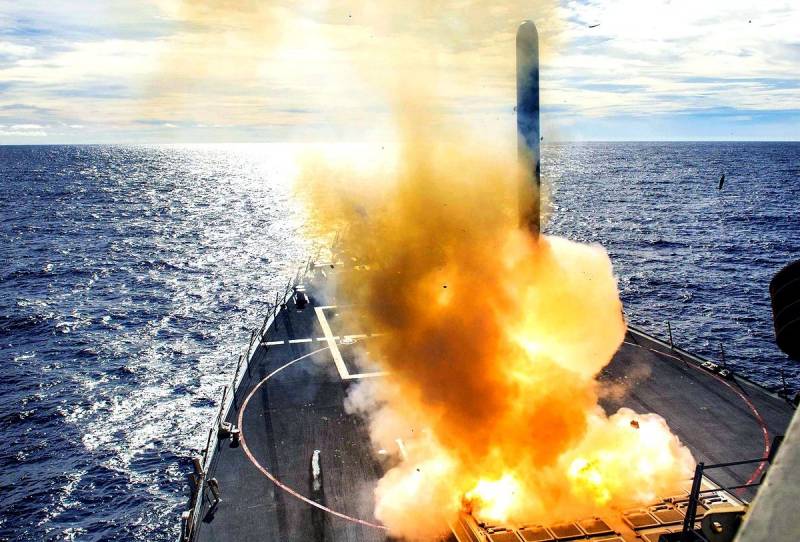Russia and the United States kick off a new Cold War
February 1 and 2, 2019 will go down in history as the official start of a new Cold War. Washington, followed by Moscow, began the process of withdrawing from the INF Treaty, which will fundamentally change the global balance of forces. What new threats will the US create for us, how can Russia respond, and how will China behave?
Well-known military expert Igor Korotchenko said:
This is a new era, this is the Cold War 2.0, this is the new 1983, when both countries were one step away from nuclear war. And we have to realize that we live with it.
To understand the new realities, it is necessary to accept the fact that much has changed since 1983. Has changed political alignment in Europe: previously, American missiles aimed at the USSR were in Germany, Belgium, Italy and the UK. Soviet nuclear missiles were deployed in East Germany and Czechoslovakia. Today, the border of the Russian Federation has been substantially “pushed” to the east, moreover, Ukraine and Georgia have been added to the camp of our opponents.
The big question is whether the authorities of the European powers will once again become a potential target for a Russian nuclear strike by deploying American missiles. But if Washington succeeds in pushing this decision, then what exactly can the Pentagon put on alert there?
At first, The United States deployed Aegis Ashore anti-ballistic systems in Europe in advance, supposedly to repel the "Iranian threat." By an amazing combination of circumstances, these same "missile" installations can be used to launch the Tomahawks.
Secondly, Americans can easily re-equip their existing numerous sea-based missiles to launch from these and similar land installations.
ThirdlyLast year, Washington allocated funds to develop a new generation of medium-range missiles.
In addition, the United States is a leader in the development of heavy strike drones that are capable of carrying nuclear weapons.
What can Russia answer? Defense Minister Sergei Shoigu announced the following countermeasures:
1. Creation of ground-based versions of launchers for Caliber cruise missiles, whose flight range with a nuclear warhead is 2600 kilometers.
2. The development of medium- and short-range hypersonic ballistic missiles, against which the existing American missile defense systems will be powerless.
President Putin called for speeding up the process of putting the Vanguard, Peresvet, Sarmat, and Dagger complexes on alert. The above-mentioned Igor Korotchenko believes that the deployment of a full-fledged military base with Russian ships and submarines equipped with nuclear missiles in Cuba could be a symmetrical response to the appearance of American missiles in Europe.
And military expert Aleksey Leonkov proposes to modernize Iskander complexes by adding a second stage to them, as well as to reanimate the “buried” Barguzin railway complex, equipping it with hypersonic missiles.
In general, it can be summarized that Russia does not have enough forces for a full-fledged arms race with the United States, so it will have to be compensated for by modernizing existing weapons and innovative solutions.
And what about China?
Oddly enough, a strategic exit from the INF Treaty is even beneficial for Russia, as it gives a chance to restore military parity with Chinese friends. Under Gorbachev, the USSR was forced to destroy its medium-range missiles, which provided security not only from the west, but also from the east. Beijing has not signed this treaty and has a significant arsenal of medium-range missiles, which could pose a threat to our country. Therefore, there is no silver lining.

Information